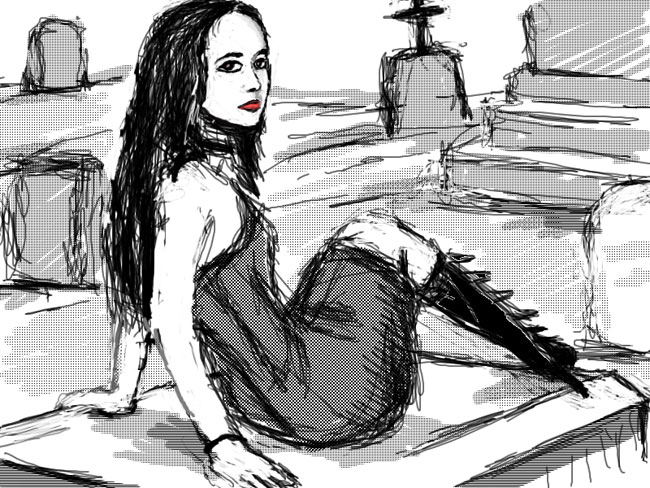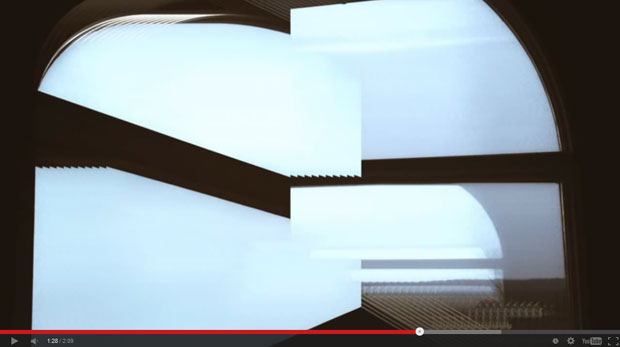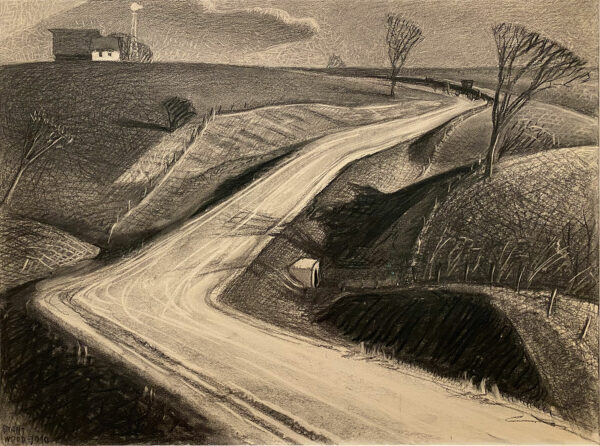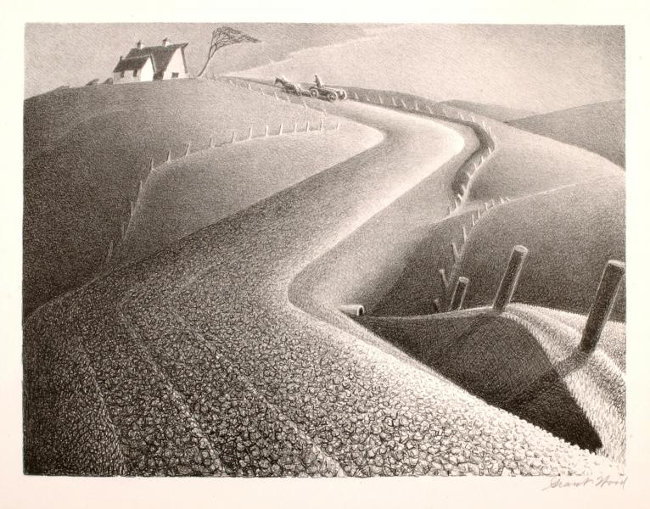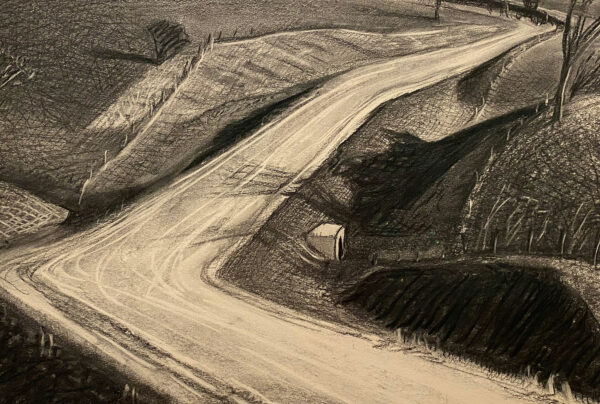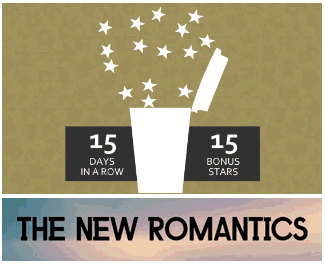
It's not sporting to criticize an exhibition in advance, without seeing it, based on the premise alone, unless it's called The New Romantics and you like some of the artists and shudder to see them branded that way. Hence the present upchucks of sarcasm.
Of the following only three can be held accountable for the newromanticization of their work, and those are the ones who organized the show (in bold): Mark Beasley, Tim Berrensheim, Alexandra Gorczynski, Ryan Whittier Hale, Claudia Hart, Jeremiah Johnson, Brookhart Jonquil, Sophie Kahn, Alex M. Lee, Sara Ludy, Shane Mecklenburger, Jonathan Monaghan, Mikey McParlane and Michael Mallis, Brenna Murphy, Nicholas O’Brien, Jaakko Pallasvuo, Jon Rafman, Nicolas Sassoon, Jasper Spicero, Kate Steciw, Katie Torn, Krist Wood, ATOM-r (Mark Jeffrey and Judd Morrissey), Zach Blas, Ann Hirsch, Miao Jiaxin, Mikey McParlane, and Vincent Tiley.
Will the show convince us that any of the artists are participating in the tradition of Kaspar David Friedrich, Wagner, The Arts and Crafts Movement, Gary Numan, and "Bela Lugosi's Dead?" Do we need to be reassured that this or that chiptune musician or Google Street View appropriator is actually working in the Romantic tradition? Can anyone making art, music, and videos with Apple products ever truly be called romantic, given what we know about Steve Jobs and Foxconn's dark Satanic mills? (Microsoft users are automatically disqualified. But what about Linux -- can a nerd be romantic?) Is a cyberpunk author romantic, or a realist about present conditions? Are glitch artists romantic merely because they dismantle? Are we talking here about romantic in the sense of "feeling romantic when you sip coffee and talk to the barrista at Starbucks"? If not, why not?
hat tip Jules Laplace, a romantic fellow, for the coffee GIF that paired so well with Eyebeam's New Romantics logo.

